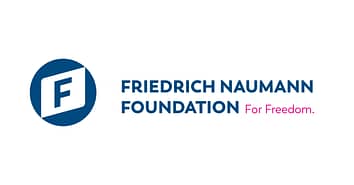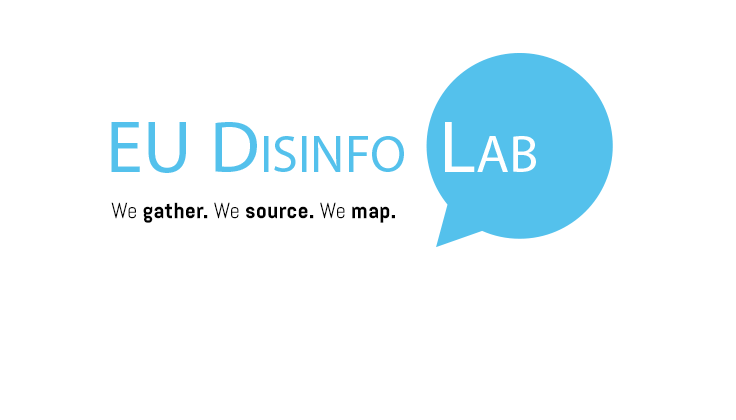Author and affiliation: Konrad Bleyer-Simon, Centre for Media Pluralism and Media Freedom, European Digital Media Observatory
Reviewer and affiliation: Dr. Péter Krekó, Director Political Capital Institute; coordinator of HDMO- Hungarian hub against disinformation.
introduction
- Hungary is a special case in Europe, as one of the major sources of disinformation is the government itself (the disinformation researcher Péter Krekó refers to it as an “Illiberal Information Autocracy”). After the conservative Viktor Orbán was elected prime minister in 2010, his Fidesz party and allied economic interest groups started restructuring the public sphere. New media laws as well as the capture of public and private media service providers led to the creation of a media environment in which the majority of news media providers adjust their narratives to the governing party’s needs and interests. Besides self-censorship and favourable coverage of the government, these outlets often spread and even create disinformation to discredit the political opposition, dissidents, as well as foreign NGOs, and Western governments. Besides the captured news media, the government also uses official channels, referenda, so-called “national consultations”, billboards, and state advertisements to spread disinformation. Researchers of the think tank Political Capital argue that the government’s disinformation campaigns have a visible impact on public opinion on many issues (e.g. attitudes toward the government’s handling of the pandemic, migration, and responsibility for the Russian intervention in Ukraine). Apart from the government and the friendly media, some smaller actors use social media to spread conspiracy theories, political disinformation or promote alternative medicine. Political Capital estimates that purveyors of health disinformation generate the equivalent of EUR 10 million annually in advertising revenues.
- Since the mid-2000s the neo-Nazi website Kuruc.info is spreading far-right conspiracy theories, Holocaust denial, as well as anti-Roma and anti-LGBTQ content. After the Maidan protests in Ukraine and during the so-called refugee crisis in the mid-2010s, there was a visible increase in the number of websites posing as news media (the most prominent sites at the time were Meteon.org, Hidfo.ru, Napi Migráns – “Daily Migrant”) but in fact, publishing fabricated stories, mainly related to Russia, Ukraine, and refugees from the Middle East and Africa. At the time, a journalistic investigation found that some of these sites were set up by far-right politicians – while others are seen to fit in the disinformation activities of the Russian Federation, e.g. when the marginal Hungarian-language hidfo.ru site was quoted in the press release of the Foreign Ministry of Russia. Recently, In their assessment, researchers of Political Capital found evidence of a large number of inauthentic social media profiles engaging with Hungarian-language content and Hungarian users, spreading messages (often generated with online translation software) that resembled the official narrative of the Kremlin. Disinformation networks run by far-right activists amplify messages originating from Hungarian or Russian media.
- Often disinformation is paired with defamation in government-controlled media. The targets are politicians or other public figures.
- In the mid-2010s disinformation became part of the mainstream. Manipulated news segments in the PSM and government-controlled private media, as well as articles in print and online media, were aiming to show the alleged adverse effects of mass immigration on European societies.
- In the context of the war in Ukraine, the Hungarian media regulator announced that it is going to enforce the EU’s ban on Russian-origin disinformation channels, at the same time, similar pro-Kremlin content was shared on Hungarian blogs, news websites, television stations, and even the PSM. During the election campaign, both the narrative of government members and news outlets included fabricated statements that the Hungarian opposition was aiming for involvement in the war in Ukraine.
To gain a more accurate understanding of the Hungarian disinformation landscape, click on the below button.
We have more European country factsheets. Curious to discover the others? Click here.
The opinions expressed are those of the authors and do not necessarily reflect the position of EU DisinfoLab. This factsheet does not represent an endorsement by EU DisinfoLab of any organisation.
This project is funded by the Friedrich Naumann Foundation for Freedom.



